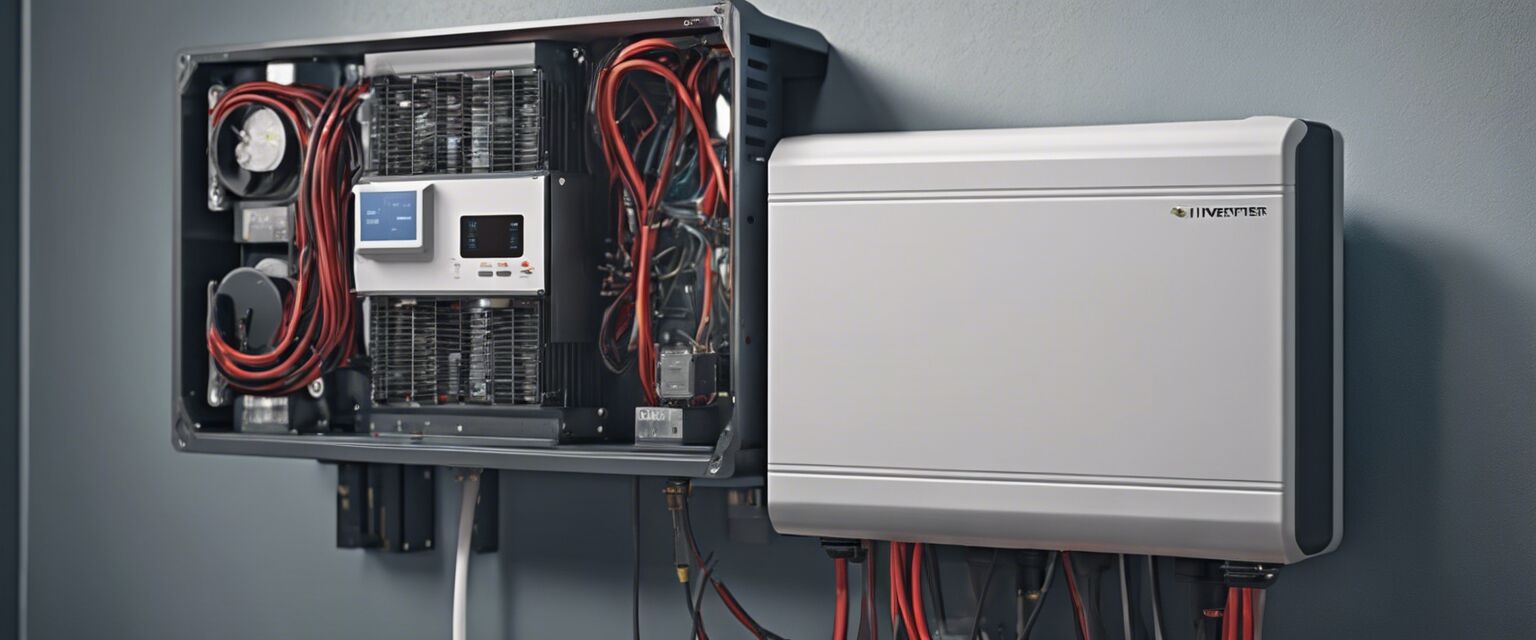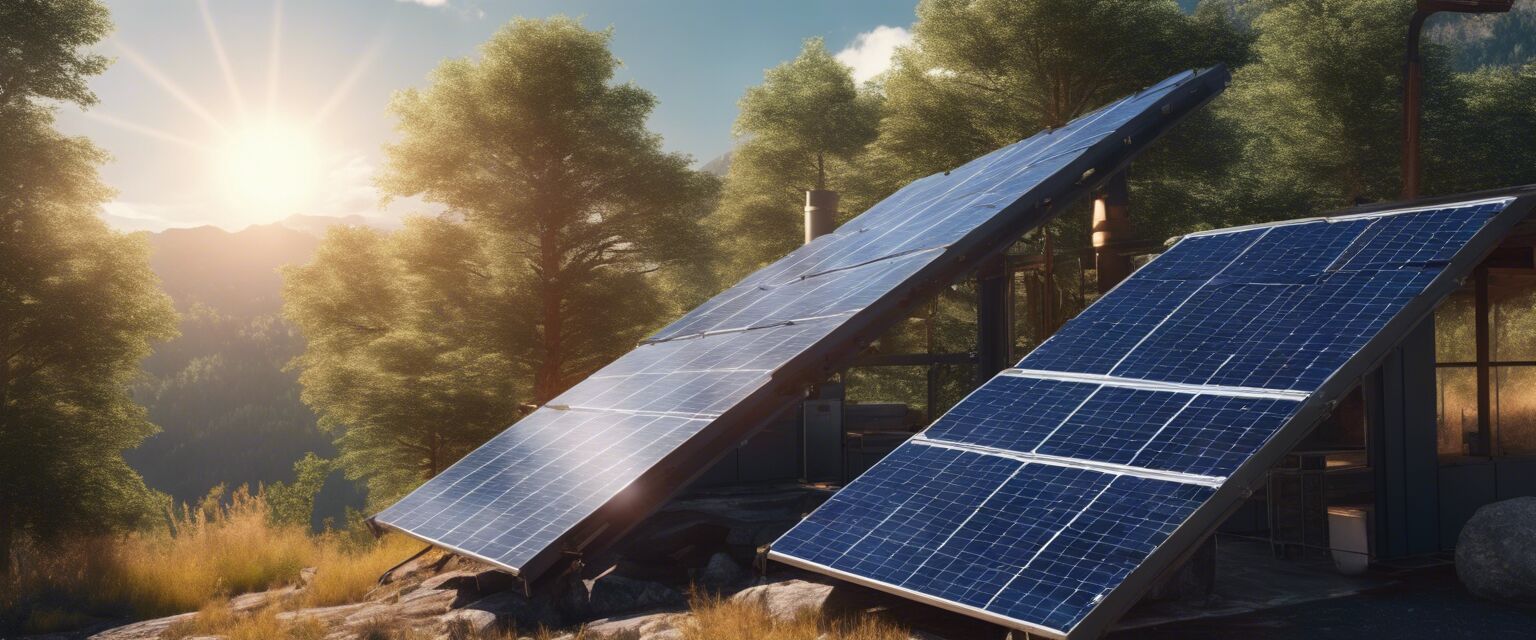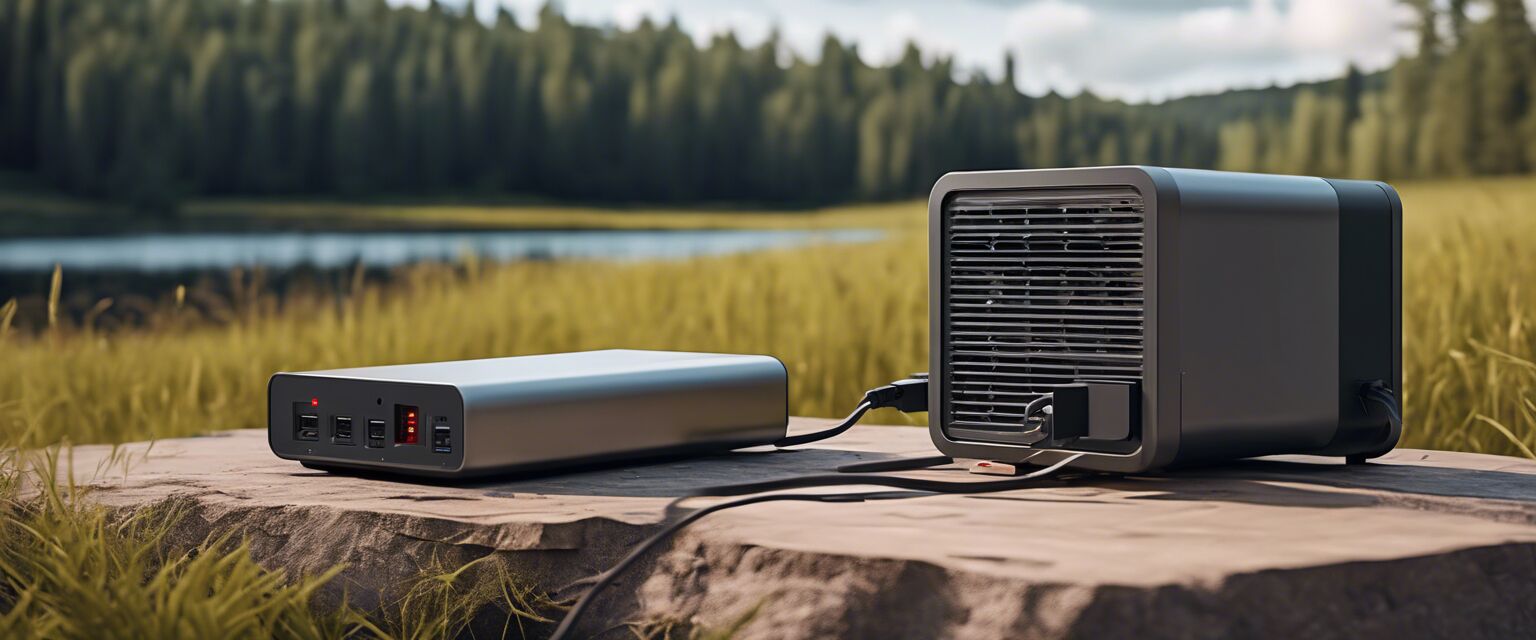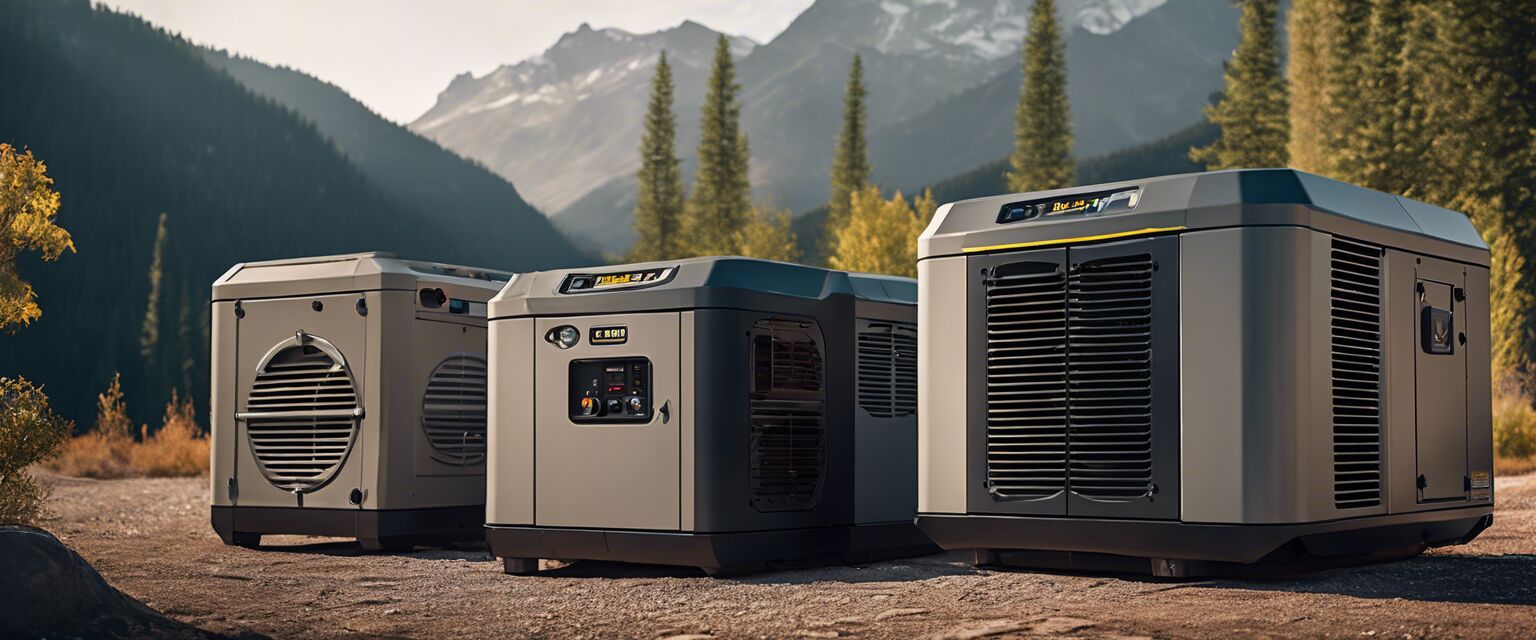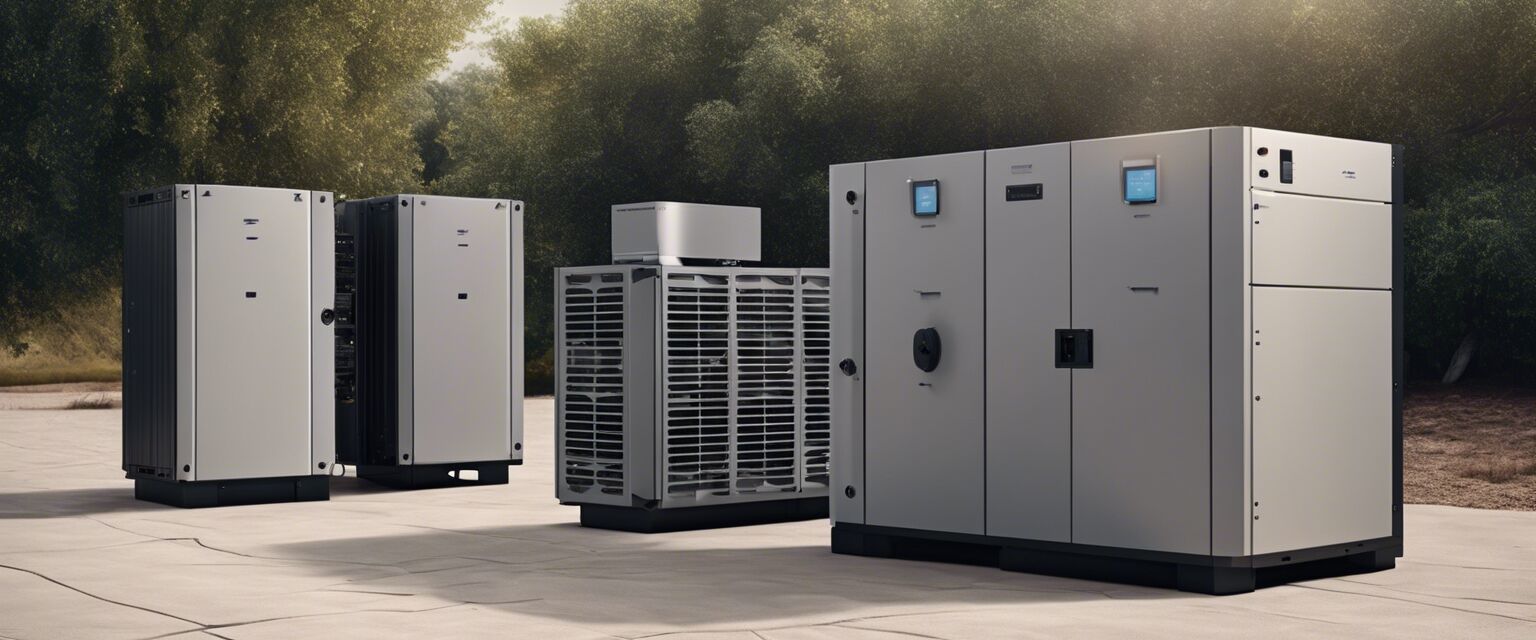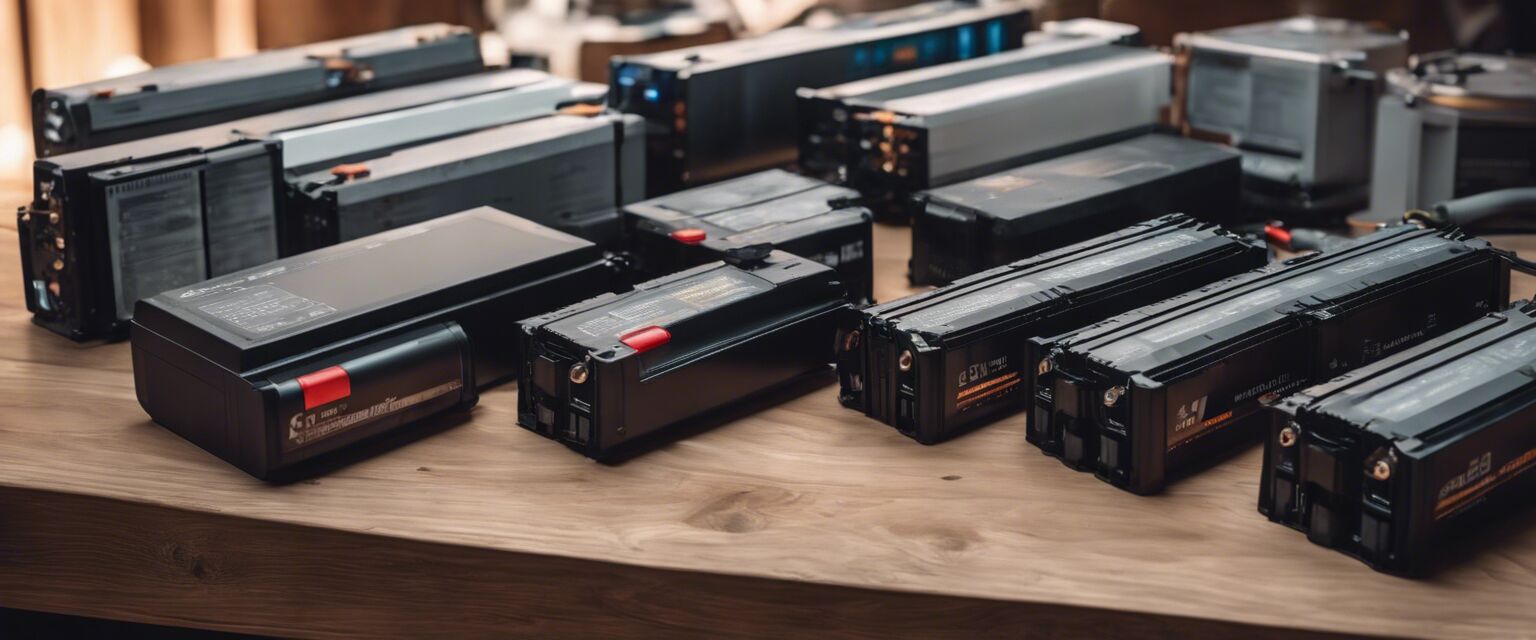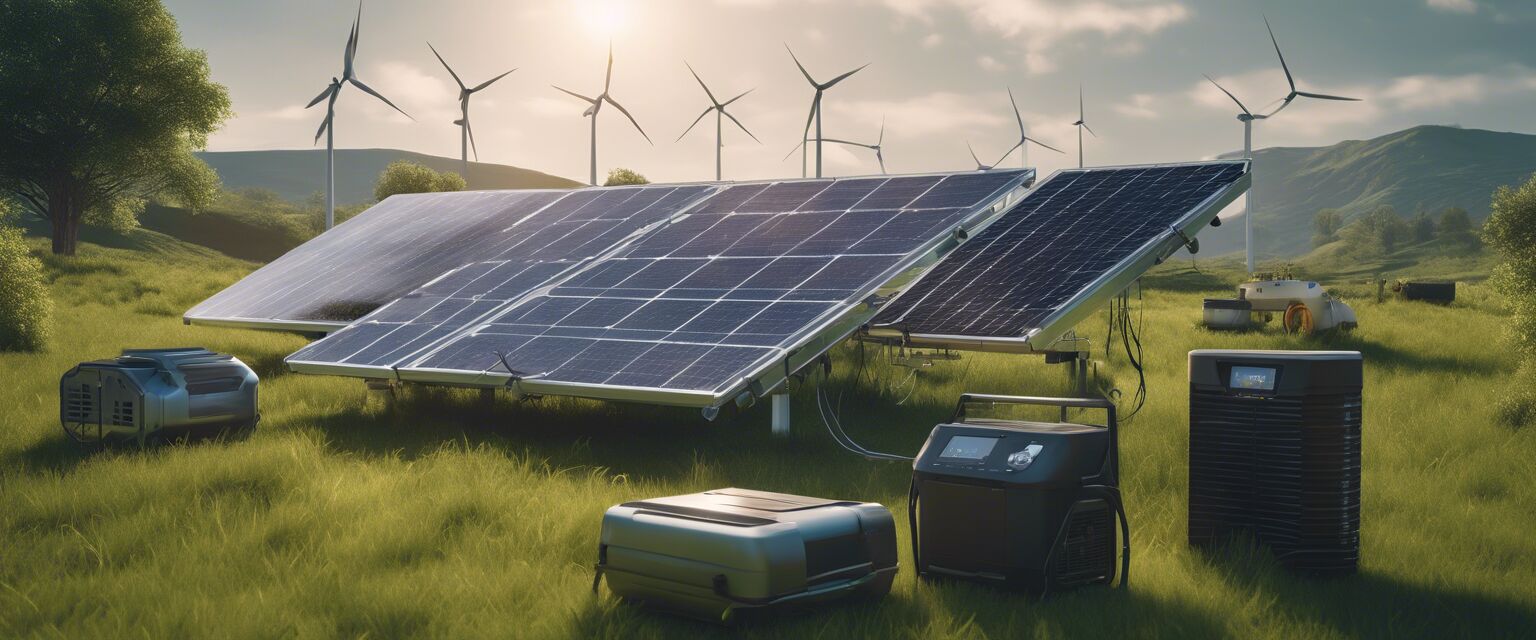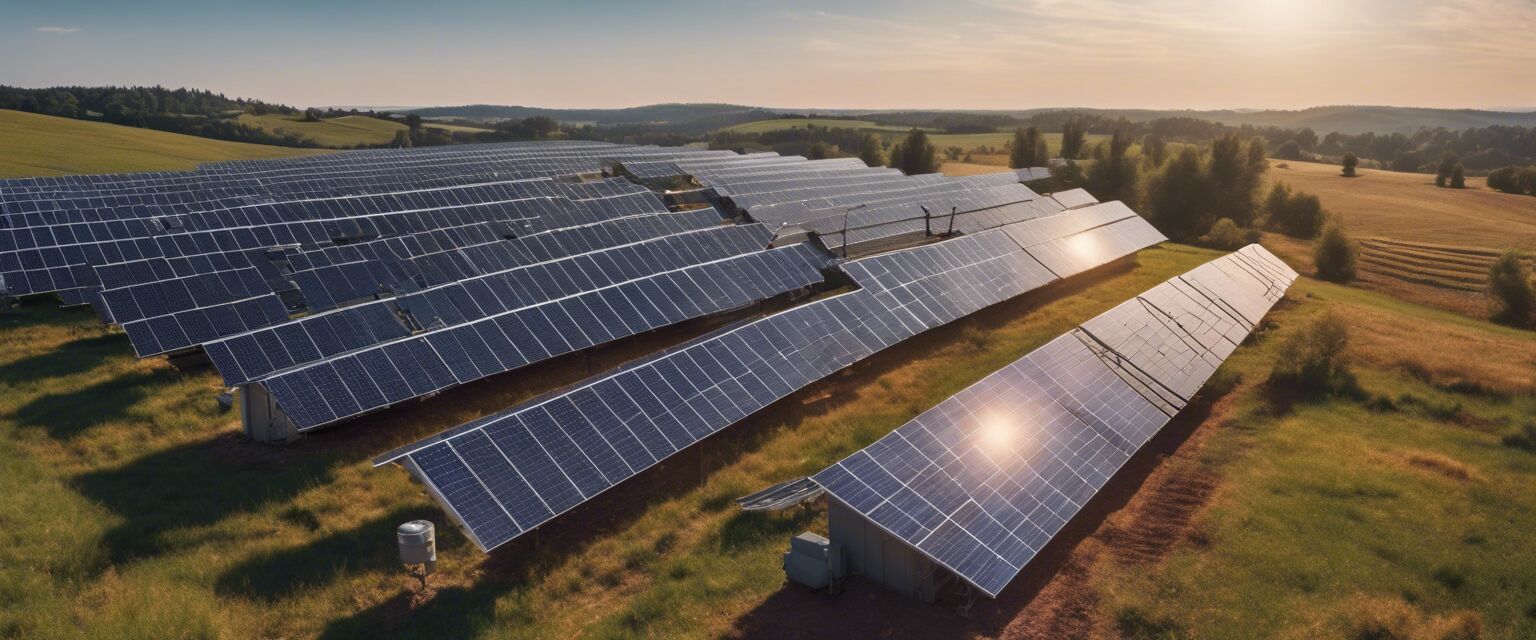
Inverter Solutions
- Understanding the difference between pure sine wave and modified sine wave inverters.
- Importance of choosing the right inverter for off-grid systems.
- Key features to consider when selecting an inverter.
- Review of major inverter types and their applications.
Inverters play a critical role in off-the-grid energy solutions, converting DC power from battery systems or solar panels into usable AC power. Whether you're setting up a cabin in the woods, a mobile home, or simply prepping for emergencies, understanding the various types of inverters available is essential.
Types of Inverters
When it comes to inverters, two main types dominate the market: pure sine wave inverters and modified sine wave inverters.
| Type of Inverter | Description | Common Applications |
|---|---|---|
| Pure Sine Wave Inverter | Produces a clean sine wave output similar to that of grid power. | High-end electronics, medical devices, sensitive appliances. |
| Modified Sine Wave Inverter | Produces a waveform that is not as smooth as a pure sine wave, making it less compatible with some devices. | Power tools, some kitchen appliances, basic electronics. |
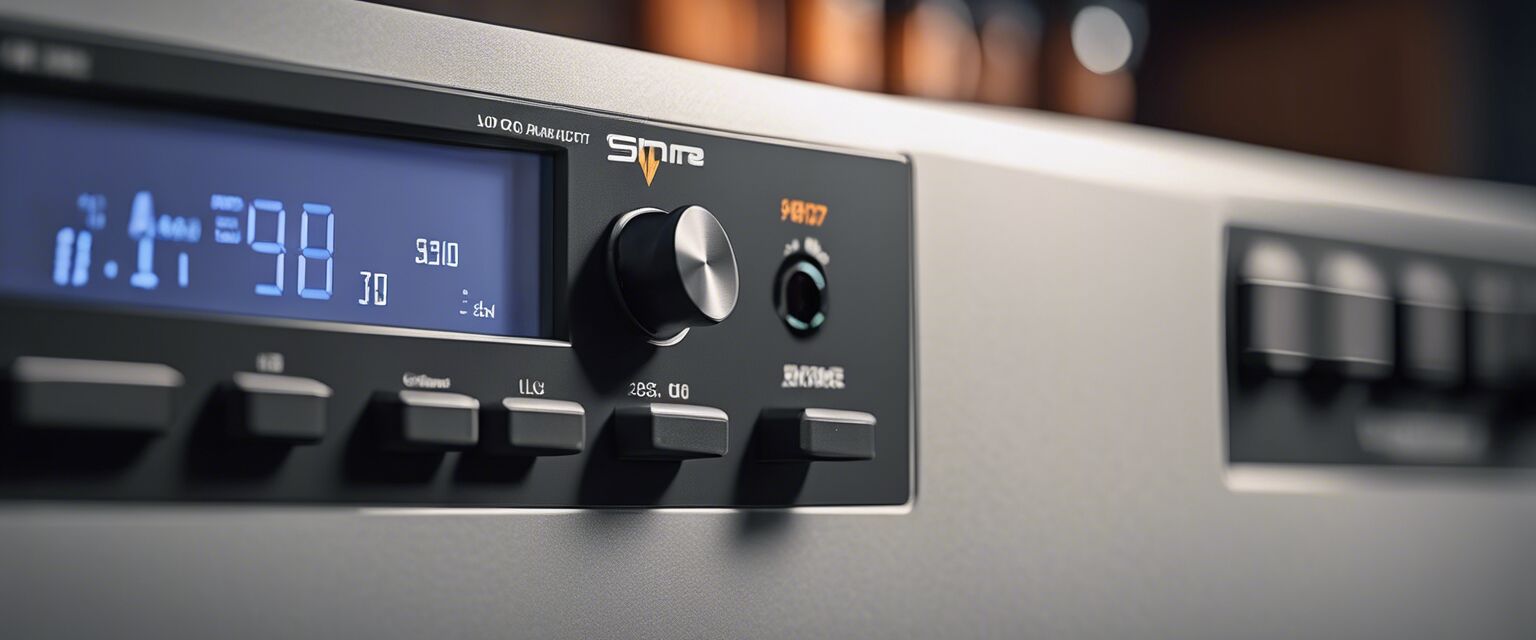
Why Choose a Pure Sine Wave Inverter?
Pure sine wave inverters are the preferred choice for those who need to run sensitive equipment. The clean power they provide ensures devices function smoothly without causing damage or excessive wear. This is particularly important for:
- Computers and laptops
- Medical equipment
- High-end audio and video equipment
Key Features to Consider
- Power Output: Ensure the inverter can handle the wattage your devices require.
- Inverter Size: Choose a form factor that fits your area and systems.
- Efficiency Rating: Higher efficiency means less wasted energy and more savings over time.
- Handling Overloads: Ensure the inverter can manage spikes in power needs.
Pros
- Better compatibility with sensitive electronics.
- Longer lifespan for devices powered by pure sine wave inverters.
- Lower Total Harmonic Distortion (THD) than modified sine wave inverters.
Cons
- Higher cost compared to modified sine wave inverters.
- Heavier and bulkier design.
Modified Sine Wave Inverters in Depth
Modified sine wave inverters are a viable option for many users, particularly for those not using sensitive electronic devices. They offer a cost-effective solution for energy users with basic energy requirements.
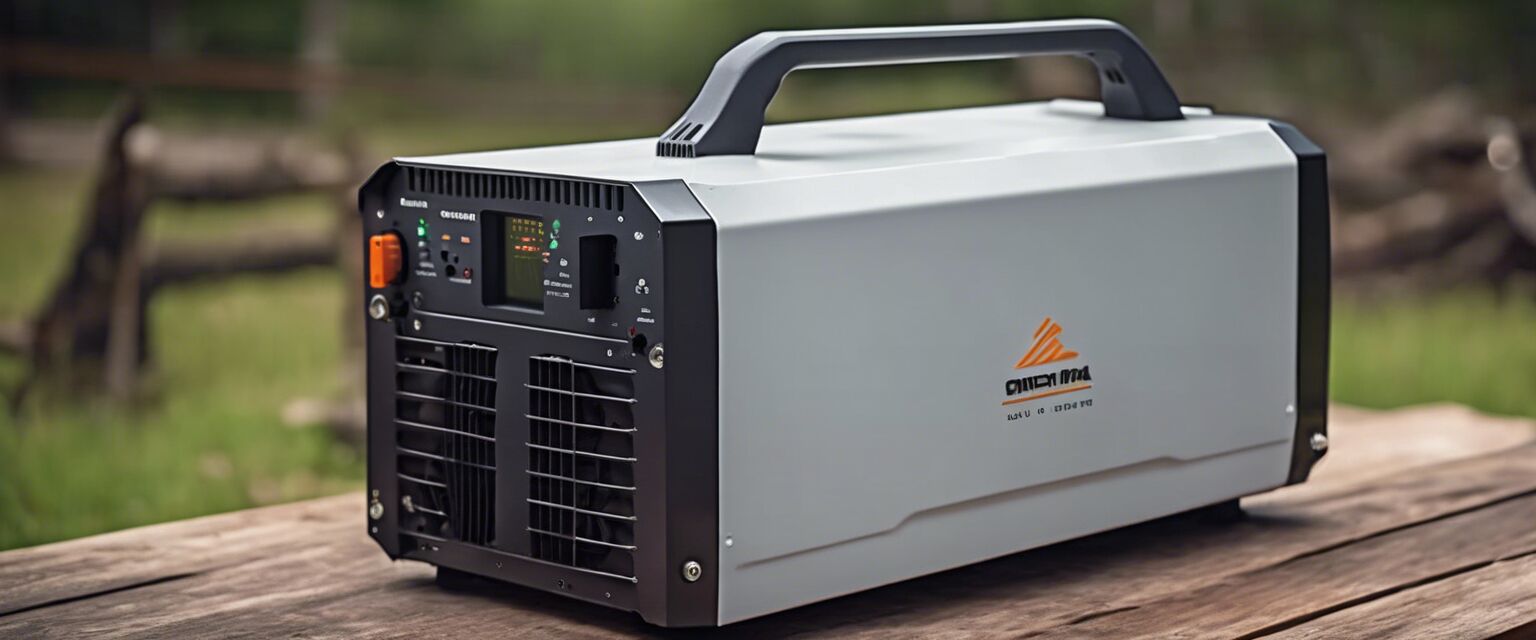
Benefits of Modified Sine Wave Inverters
- Lower purchase price makes them accessible for many households.
- Simpler design allows for easier installation.
- Suitable for running basic appliances and tools.
Drawbacks
Pros
- Cost-effective for users with simple power needs.
- Lightweight and easy to transport.
Cons
- Not compatible with all devices and may cause inefficiencies.
- Can create noise during operation.
Comparison of Inverters
| Feature | Pure Sine Wave Inverters | Modified Sine Wave Inverters |
|---|---|---|
| Power Quality | High | Moderate |
| Cost | Higher | Lower |
| Best For | Sensitive electronics | Basic appliances |
| Efficiency | High | Moderate |
Final Considerations When Choosing an Inverter
When selecting an inverter for your off-grid power solution, consider both current and future power needs. Estimating wattage accurately can help avoid potential headaches down the road.
For additional information on power solutions, check out our detailed pages on battery storage, solar panels, and charge controllers.
Tips for Beginners
- Assess your power usage: Know how much power your appliances consume.
- Research brands and warranty options: Quality brands often provide better support.
- Read reviews to understand real-world usage: Other customers' experiences can help inform your choice.
